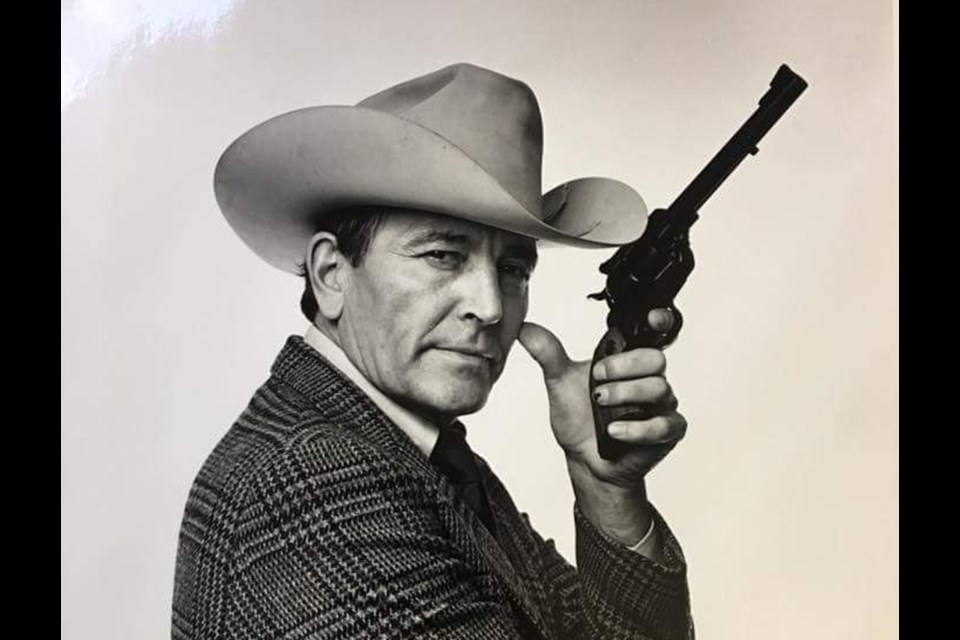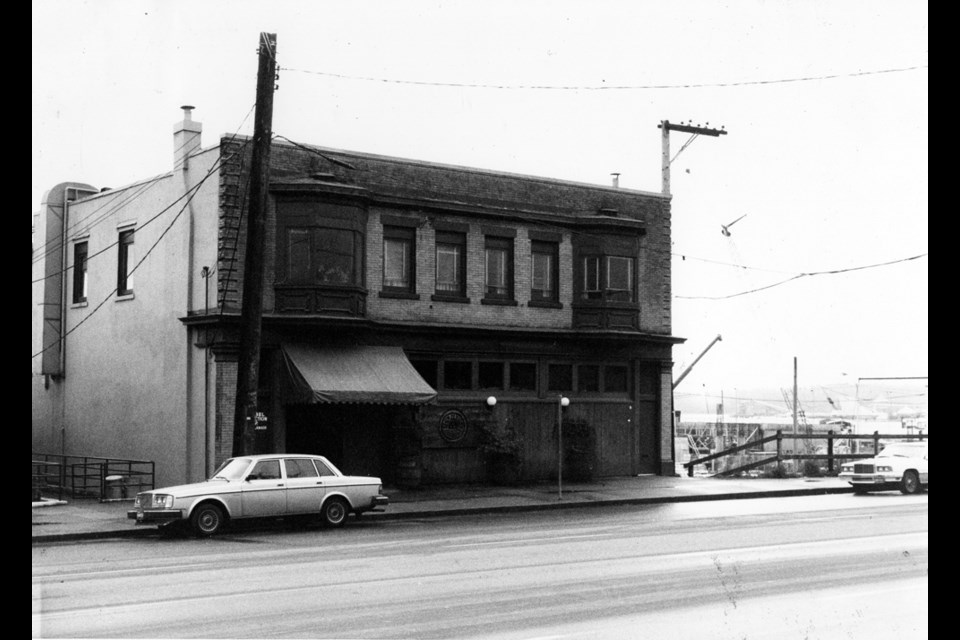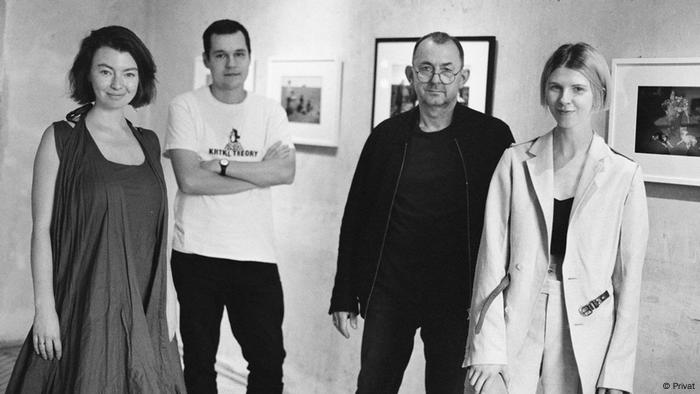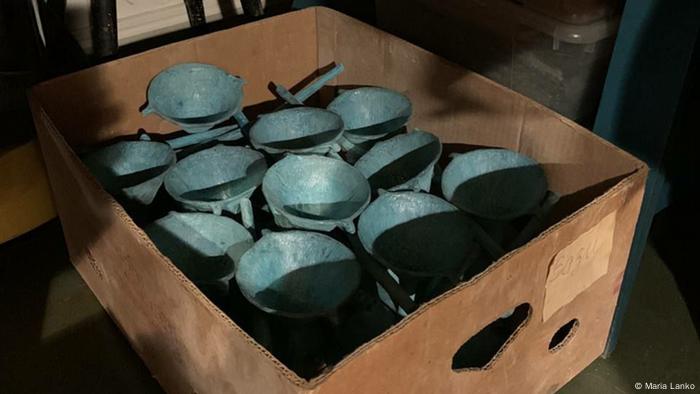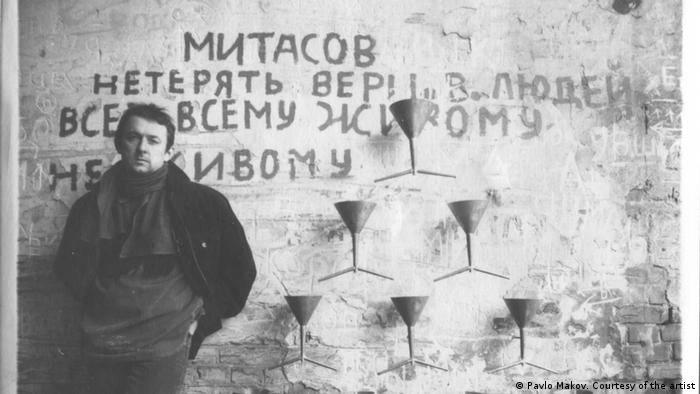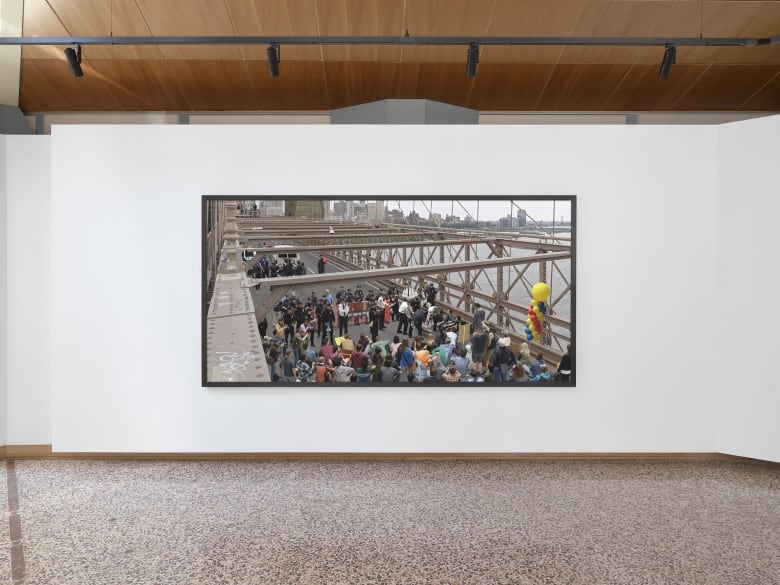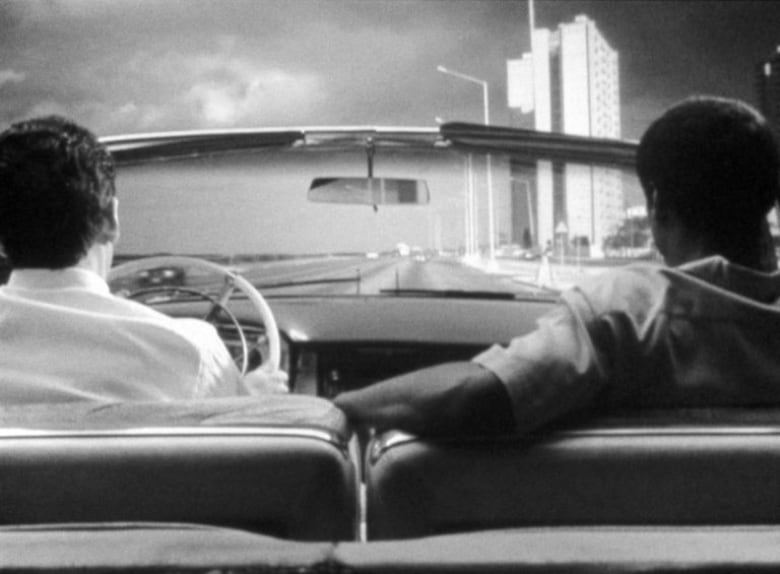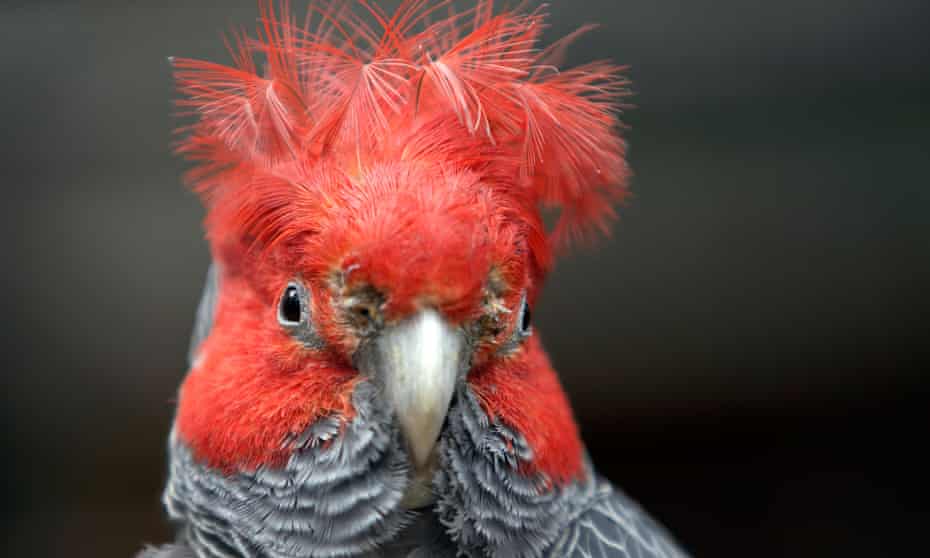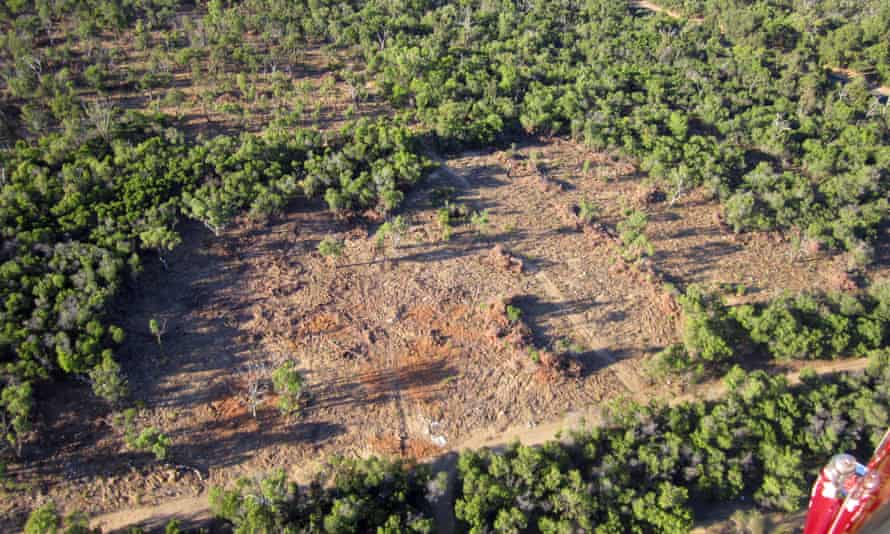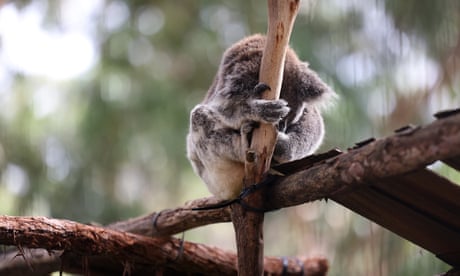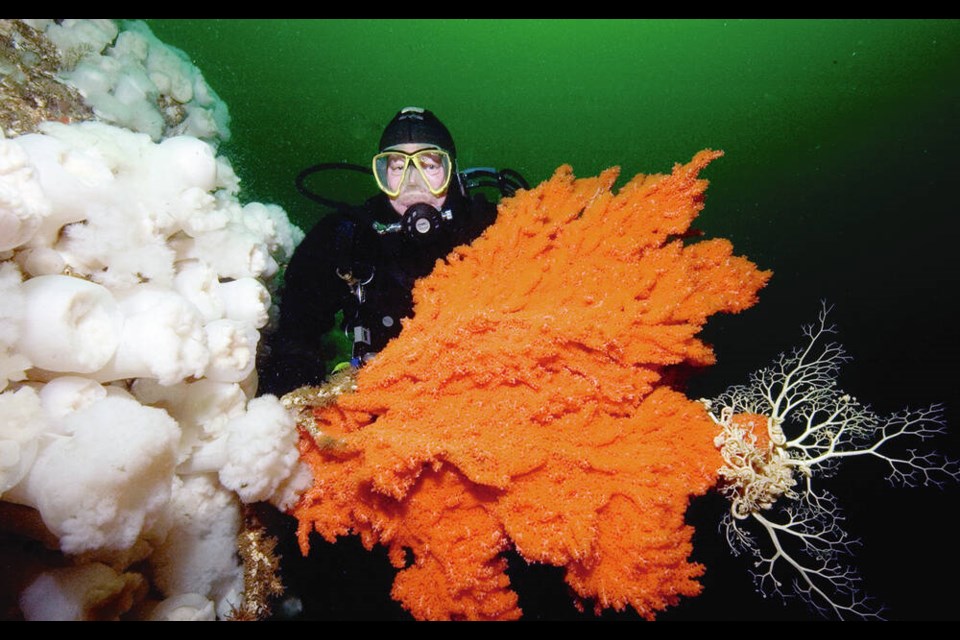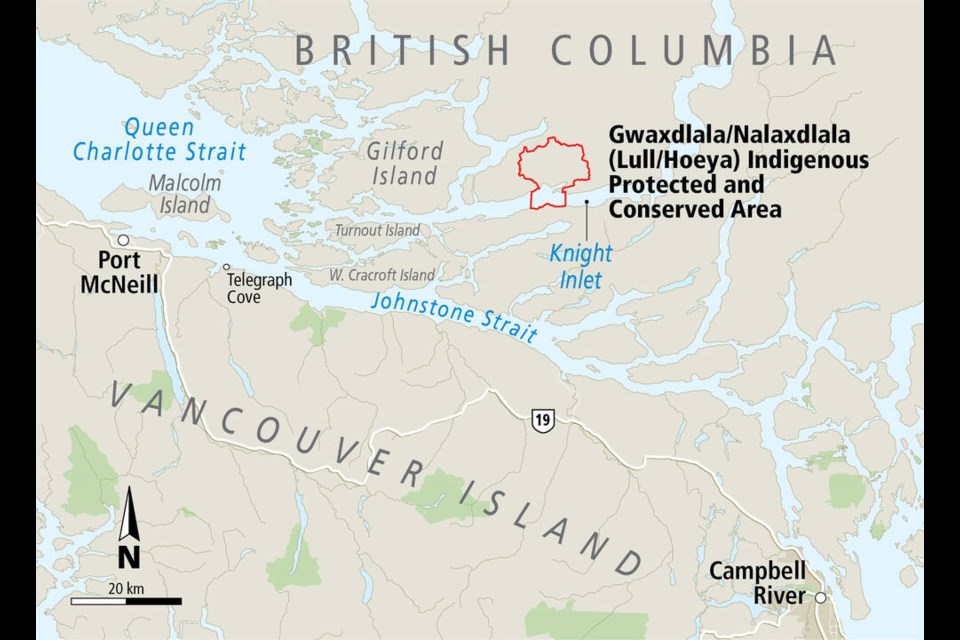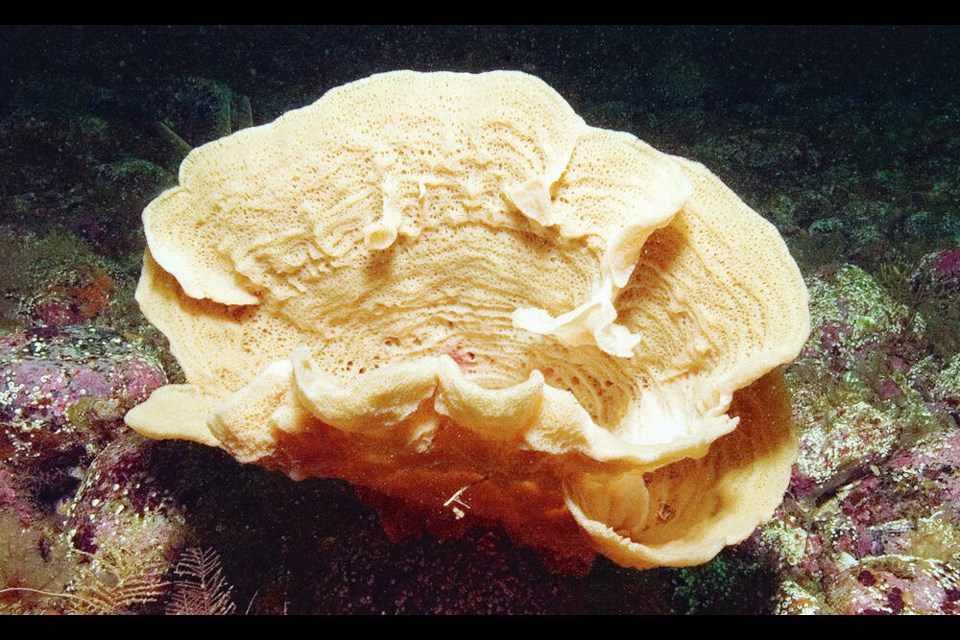In an application to Canada's Competition Bureau, a group of environmentalists are calling for RBC to end its financing of fossil fuels and stop "deceiving the public."
Stefan Labbé
Apr 21, 2022

The leader of a B.C. First Nation has joined a group of environmentalists calling for an investigation into the Royal Bank of Canada (RBC) for allegedly making false and misleading representations about action on climate change.
In an application to Canada’s Competition Bureau, Kukpi7 Judy Wilson — secretary-treasurer at the Union of BC Indian Chiefs (UBCIC) and chief of the Skat'sin te Secwepemc-Neskonlith Indian Band — joined five other individuals calling for RBC to end its financing of fossil fuels and stop “deceiving the public.”
“Climate change disproportionately impacts Indigenous peoples around the world as well as here in Canada,” said Wilson in a written statement.
“Until RBC stops financing fossil fuels, advertising itself as Paris Agreement-aligned is greenwashing — and it shouldn't be tolerated.”
RBC is among the top five banking financiers of fossil fuel projects in the world, and the biggest in Canada, according to a report produced earlier this year.
The report, which surveyed 60 banks around the world, found RBC had increased its investments in fossil fuel projects to nearly $38 billion from over $19 billion in 2020.
In a statement to Glacier Media, RBC spokesperson Rafael Ruffolo says the bank "strongly disagrees with the allegations" and believes the complaint to be unfounded.
"RBC has been engaging with our clients, partners and other stakeholders, working towards solutions to help Canada meet its net-zero commitments," Ruffolo wrote. "It’s critically important that we get the transition to net-zero right in order to address climate change and we have laid out a clear strategy for meeting climate goals."
Fossil fuel financing flouts climate promises, claims application
The application is the latest salvo from environmental groups and UBCIC against RBC and other of fossil fuel investors. In February 2021, UBCIC passed a resolution calling on Canadian banks "to cease funding the climate crisis and Indigenous rights violations."
Four months later, the International Energy Agency, long a public policy arm of the fossil fuel industry, dropped a landmark report calling for a near-immediate end to the construction of new oil and gas projects.
“RBC represents that it supports action to reduce greenhouse gas (GHG) emissions and address climate change, but is taking action to increase emissions and exacerbate climate change by providing tens of billions of dollars annually in financing for fossil fuel development and expansion,” states the application to the Competition Bureau.
As a result, the group claims it is misleading the public to promote RBC’s reputation and attract or maintain clients concerned about climate change.
The application focuses on two claims made by RBC.
The first centres around marketing claims that the bank “supports the principles of the Paris Agreement and the international goal to hold global warming to below 2 C” and so is committed to achieving net-zero emissions in its lending by 2050 and net-zero emission in its global operations annually.
The application to the Competition Bureau says this is misleading because RBC continues to heavily invest in industries actively working against a clear path to a 2 C warming target. At the same time, it alleges RBC has no credible plan to reduce greenhouse gas emissions going forward.
Wilson and the five other complainants also argue against RBC's claim that it will provide “$500 billion in sustainable financing by 2025.” The problem, says the group, is RBC's definition of sustainable financing is not pinned to reducing emissions.
In one example, they point to $2 billion in “sustainability-linked” loans to the pipeline company Enbridge.
Should the Commissioner of the Competition Bureau find RBC made false and leading representations to the public, the complaint calls for all such material to be scrubbed from public viewing until it lives up to zero-emission and “sustainable financing” promises.
And in a second penalty, they call on the bank to pay a $10-million fine to the Environmental Damages Fund.
The group, which includes Wet’suwet’en land defender Eve Saint among other environmentalists, has received support from the legal environmental advocacy group Ecojustice and the non-profit Stand.Earth.
The application comes a month after several high-profile actors, directors, professional athletes and musicians waded into the conversation.
In March, dozens of Hollywood celebrities led by actor Mark Ruffalo signed the ‘No More Dirty Banks’ petition calling on RBC to stop financing fossil fuel projects — such as the $6-billion Coastal GasLink pipeline.
Wet’suwet’en hereditary chiefs have opposed the pipeline for several years, maintaining blockades to prevent construction. While 20 First Nations elected chiefs and councils along the pipeline route have approved the project, the hereditary chiefs say their authority is limited to reserves created under the Indian Act. Traditional lands on unceded territory, they say, remains under their authority.
Not the Competition Bureau's first case of alleged 'greenwashing'
Canada’s Competition Bureau is an independent law enforcement agency set up to protect and promote competitive business practices. But this isn't the first time it has been asked to go after 'greenwashing.'
Following a global report in January that found 40 per cent of companies make misleading environmental claims, the bureau warned Canadians to be on the lookout for the practice.
“It can take many forms, including claims, adjectives, colours and symbols used to create an impression that a product or service is ‘greener’ than it really is,” said the bureau in a statement at the time.
“If a company claims a product or service is ‘green’, take a moment to reflect on that claim.”
The bureau has had success in the past. In one victory against greenwashing earlier this year, the Competition Bureau reached an agreement with Keurig Canada to pay a $3-million penalty after it made false and misleading environmental claims.
The case centred around the coffee company telling consumers — through social media, its website and directly on product packaging — that its single-use K-Cup pods were recyclable. The bureau found B.C. and Quebec were the only provinces where municipal recycling programs widely accepted the coffee pods.
Keurig Canada was also found to have made false or misleading claims by giving consumers the impression they could recycle the pods by peeling off the lid and dumping out the grounds.
In addition to the $3-million penalty, Keurig Canada was forced to pay for the cost of the bureau’s $85,000 investigation and donate $800,000 to a Canadian environmental charity.
The company is no longer permitted to make the bogus claims on its packaging, online or in news media.
